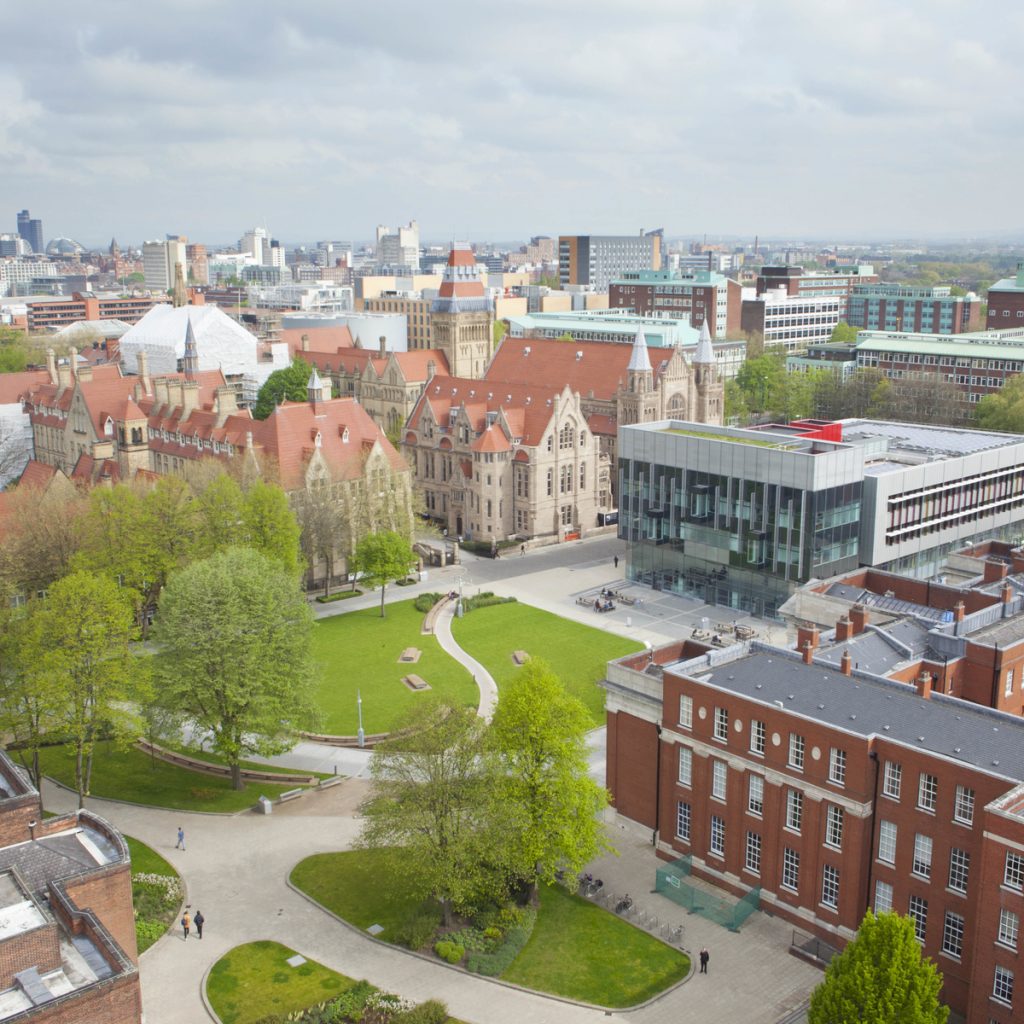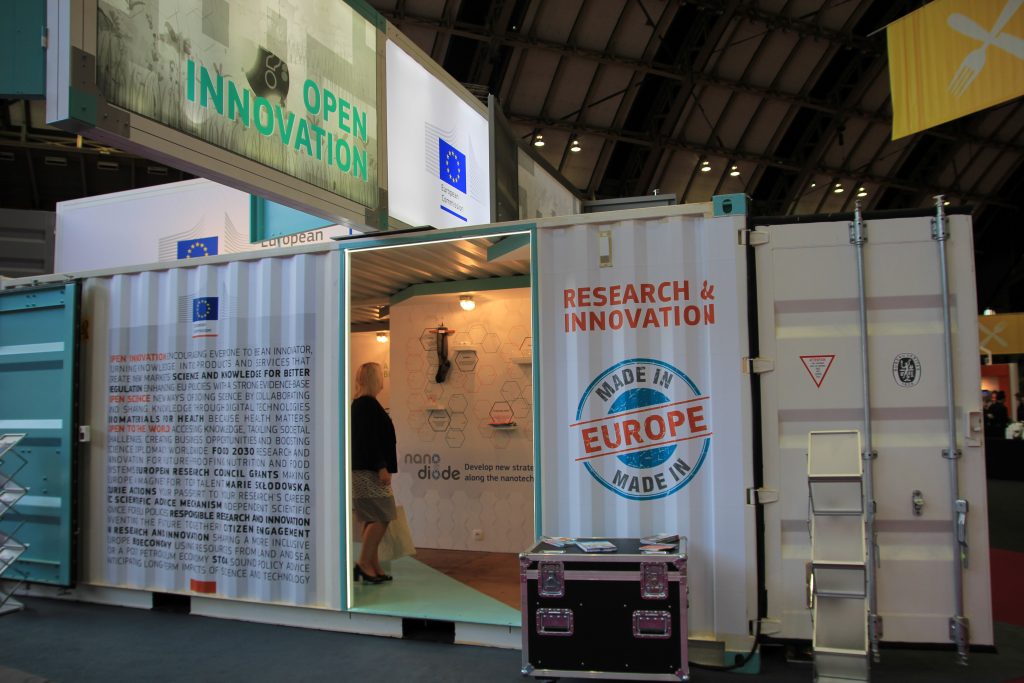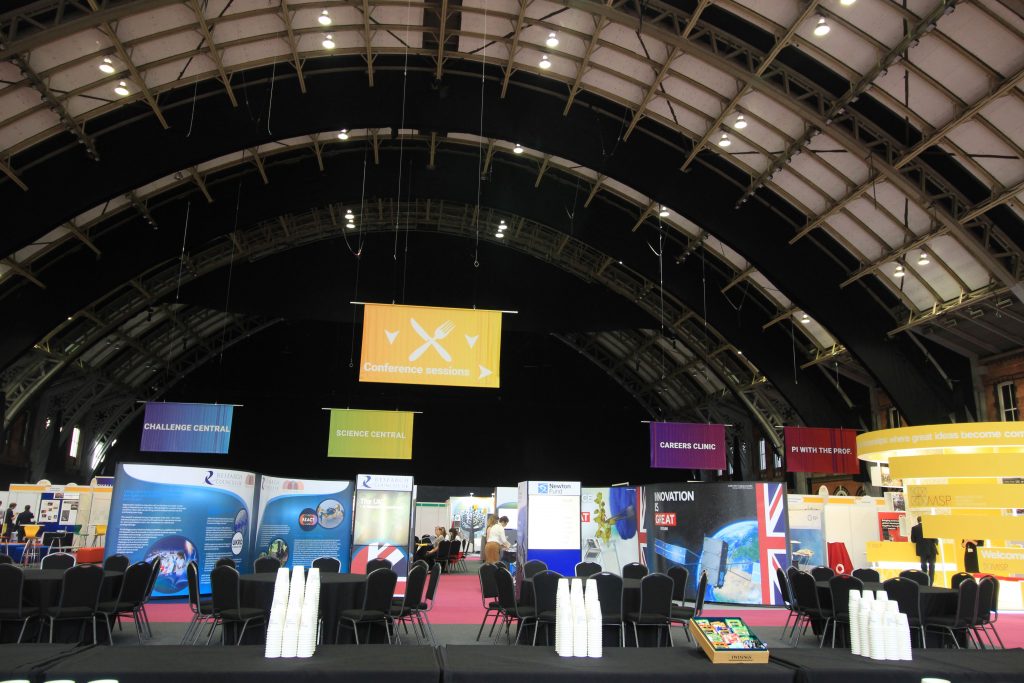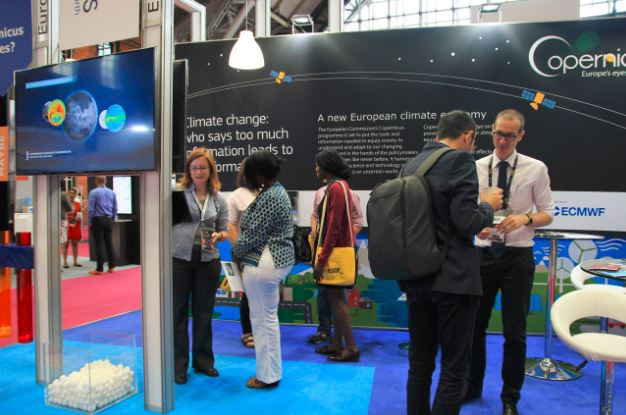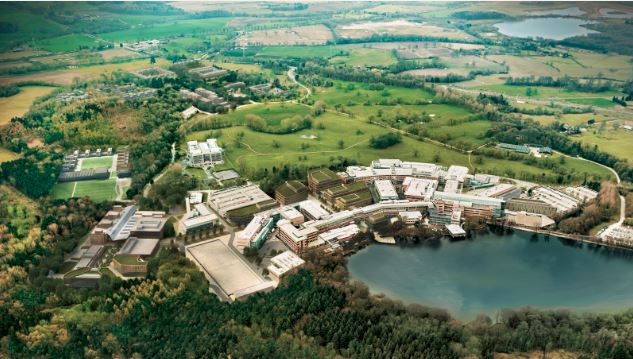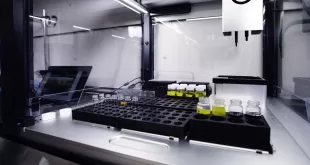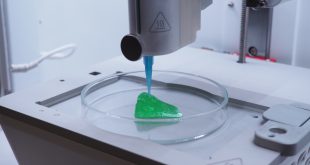By Hermione Wilson
Walking around central Manchester, a city in the north of England, it becomes clear this is a place that welcomes innovation. From the Museum of Science and Industry, with its noisy display of steam engines, to its more than 20 libraries (including Chetham, the oldest public library in the English-speaking world), Manchester is a city as hungry for knowledge and progress now as it ever was.
This is the cradle of modern computing – Alan Turing developed his famous Baby at the University of Manchester. This is where scientist John Dalton theorized about the nature of atoms and began to study colour blindness, and where chemist Ernest Rutherford split the atom. More recently, Manchester was the birthplace of the Nobel Prize-winning one-atom-thick compound, graphene. This is a city that has always embraced progressive thinking.
In the 19th century, the growth of the cotton industry and the development of textile factories and mills transformed Manchester from a small market town to an industrial capital known as the “workshop of the world.” By the 1980s, however, the cotton industry that had been the lifeblood of Manchester had all but vanished and the region was in decline. That period of economic stagnation forced Manchester to re-evaluate and led the city to do an about-face and transform itself into a knowledge-based economy, investing in its academic institutions and the science and technology sector.
In July of 2016, a few weeks after the fateful Brexit decision, thousands of delegates converged on Manchester for the biennial EuroScience Open Forum (ESOF). Scientists, policy-makers and journalists from Europe and 90 other countries came together to share, discuss and debate new science and new ideas.
“There’s a real buzz in this area around life sciences and health care,” says Sameer Kothari, Chief Executive Director at Zilico, a biotech which develops Electrical Impedance Spectroscopy (EIS) diagnostic tools that look at the electrical properties of tissue in the detection of cancers. The company moved to Manchester from Sheffield a few years ago to get access to the talented pool of bioscience professionals, Kothari says.
“We have a very good academic and university set-up, and of course we have the teaching hospitals, so it’s a great pool to recruit, but it’s also a great pool to develop products and take that research even further,” he says.
Zilico makes its home at Alderley Park, a former AstraZeneca stronghold situated in the Cheshire countryside, just outside of central Manchester. When the multinational pharmaceutical decided in 2014 it wanted to move to a smaller site in Cambridge, it turned over its 400-acre site and facilities to Manchester Science Partnerships (MSP).
“Alderley is a fascinating example of how you can manage when a large pharma company exits any particular geography,” says Neil Murray, CEO of Redx Pharma, another biotech that makes its home at Alderley. “There were a lot of people wringing their hands when AstraZeneca announced that they were going to move from Alderley to Cambridge. I’d say, on account of the true northern way, people did that for five minutes and then said, ‘right, what are we going to do about it?’”
What they did was transform it into a place that would foster life science innovation in the northwest.
“There was a UK government taskforce set up to look at what to do with this site,” says Chris Doherty, MSP’s Site Director at Alderley Park. “This was the strategy: keep it life science, leave the structure, the people who are not leaving are the key assets for this site.”
Two years later, AstraZeneca is still in the process of leaving, but instead of leaving an economic vacuum in its wake, it will leave a 400,000 square-foot facility now home to 45 companies, 3,000 staff, and a life science incubator that has spawned 12 new biotech startups so far. Those startups are making use of the assets AstraZeneca left behind, such the NMR imaging suites, MRIs, PET and CT scanning facilities, and a variety of other specialized biotech services and facilities.
Alderley Park has been chosen as the site of both a Medicines Discovery Catapult, a government-funded innovation centre focused on translational research, and the new Antimicrobial Resistance Centre, announced at the ESOF conference, “formed to improve the pipeline of antibiotics in the world,” Doherty says. Aside from the world-class facilities, Alderley Park has a low operating cost base, he says, charging tenants rents that are lower than other major English cities like Cambridge, Oxford and London.
“My vision is to create a large, vibrant ecosystem of bioscience companies who can benefit from this asset,” Doherty says.
Jackie Oldham is hoping to do the same thing in the heart of downtown Manchester. She is the Director of Health Innovation for Corridor Manchester, an organization looking to develop Manchester’s Oxford Road corridor into an “innovation district”. Stretching from the Central Library to the Whitworth Art Gallery, the corridor is home to the University of Manchester, the Manchester Metropolitan University (MMU), the Central Manchester University Hospitals NHS Foundation Trust (CMFT) (which pulls several hospitals together on one site), the National Graphene Institute, about 250 SMEs, and a number of global companies.
In terms of fostering life science innovation, Corridor Manchester’s collaborative approach has borne fruit. For the past few years, Corridor Manchester has also been working with MSP to embed science parks in the heart of the city. The result was CityLabs 1.0, a biomedical incubator that offers companies access to clinical resources, expertise from researchers and proximity to the CMFT campus. Plans to build CityLabs 2.0 and 3.0 were announced at ESOF. The city has also been chosen as the initial location for the Precision Medicine Catapult’s regional centre of excellence.
A number of innovations have come out of Manchester’s innovation district: Zilico’s tissue diagnostic tool, a blood recovery system that can recycle and reuse blood recovered from swabs in the operating room, mag needles that can remove fluid from swollen limbs, and a portable ECG technology, to name a few. The city also happens to be one of the best recruiting sites for commercial clinical trials in the UK, Oldham says. “We recruit over 45,000 patients per year,” she says. “That’s about nine per cent of the total population, but greater Manchester only covers five per cent of the geography, so we’re punching above our weight.”
“Manchester is very much in the ascendancy in relation to bioscience and biotechnology,” says Mike Birch, CEO of F2G, a small biotech focused on developing antifungals for immune-compromised patients. Its drug, an antifungal that targets the environmental mold aspergillus, was discovered in Manchester. F2G was a spinout from the University of Manchester, which has a strong fungal research group, and continues to collaborate with researchers there, Birch says.
“It’s helped us enormously in understanding the… mechanisms of action of the drug and the biology, or what happens to the organism when it’s treated with the drug,” he says. “We do things like live imaging of fungal cells. They’ve got some pretty cool equipment over there that we couldn’t afford as a small biotech.”
Manchester may be outside of “the golden triangle of Oxford-London-Cambridge,” says Charles Blundell, Chief Technology Officer of C4X, but space is cheap in comparison. It also means that the biotech is closer to its alma mater. C4X is another spinout of the University of Manchester that has developed a new way of looking at the dynamic structure of molecules. “We use these great big magnets, magnets as big as this room, to look at a tiny, tiny molecule that you can’t even see,” Blundell says. He describes it as a new kind of microscope and it may never have been developed if not for the university.
“Manchester University has a particularly good technology transfer department,” Blundell says. “If they hadn’t have been so supportive, I probably wouldn’t have started, personally speaking.” The intellectual property terms for academic founders are some of the best in the country, he says, unlike some universities that automatically claim 55 per cent of the IP so they can have a controlling stake. That’s all part of the University of Manchester’s focus on spinning out companies, Blundell says. C4X has maintained close ties with the university and borrows magnets from time to time.
“A number of people have said to me, ‘Why is it that Manchester has got so much happening?’” Oldham says. “I think it’s this collaborative [environment] but it’s also because we’ve said it must be easy for you to do your work here, and what can we do to facilitate you getting through all the hurdles, through the research process into practice. It’s about creating the right environment.”
 BioLab Business Magazine Together, we reach farther into the Canadian Science community
BioLab Business Magazine Together, we reach farther into the Canadian Science community
